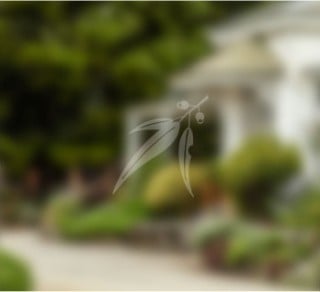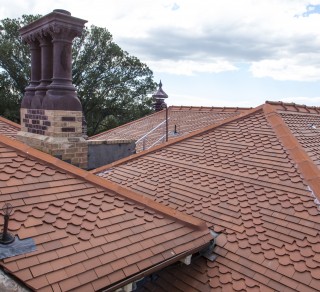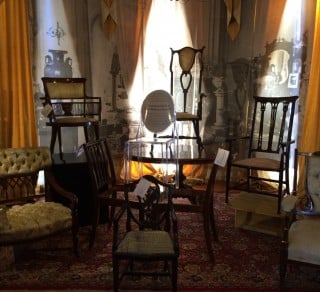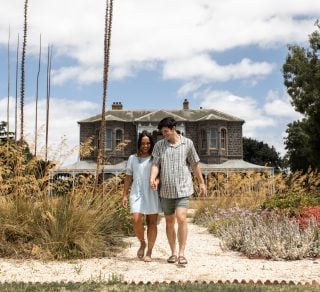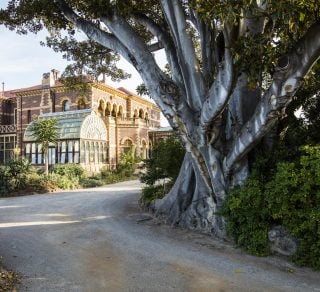The National Trust of Australia (Victoria) can provide assistance to some property owners to undertake the conservation and restoration of their heritage place by establishing a National Trust External Appeal.
The purpose of an External Appeal is to assist owners of heritage places or objects to raise funds for repairs and conservation essential to the preservation of the significant place or object.
Due to the National Trust’s Not-For-Profit Tax deductible status, the Australian Tax Office permits the Trust to extend this tax-deductibility to heritage-related appeals operated by other organisations.
Generally, the external places should be owned or managed by the community, a Committee of Management or a not-for profit organisation. Such places should provide a community or public benefit either by access or visibility. Donations to an External Appeal must come from third parties (i.e. the public) and not the owner of the place or object.
The External Appeals program often provides funding revenue for conservation works to places where other streams of funding might not otherwise be available, such as heritage places of significance that are not on the State Heritage Register. The program can also work alongside other grants programs, which can work together to realise a project that cannot be fully supported by an often-limited grant amount or that funds a different component of work (not the conservation work).
Over the years this program has facilitated the completion of many successful conservation projects benefiting Victoria’s important heritage places. Major External Appeals were launched in the 1970s for landmarks such as St Patrick’s Cathedral, St Paul’s Cathedral, St John’s Toorak, and Scots Church. However, more recently, many non-religious places and objects have also benefited from Trust External Appeals, such as the Skipping Girl Vinegar Sign in Abbotsford, the Robbie Burns Statue in Camperdown, and the 1858 Portland Lifeboat.
For further information about this program, eligibility criteria and to begin the application process, please contact the Heritage Services Co-ordinator at (03) 9656 9818 or conservation@nattrust.com.au


